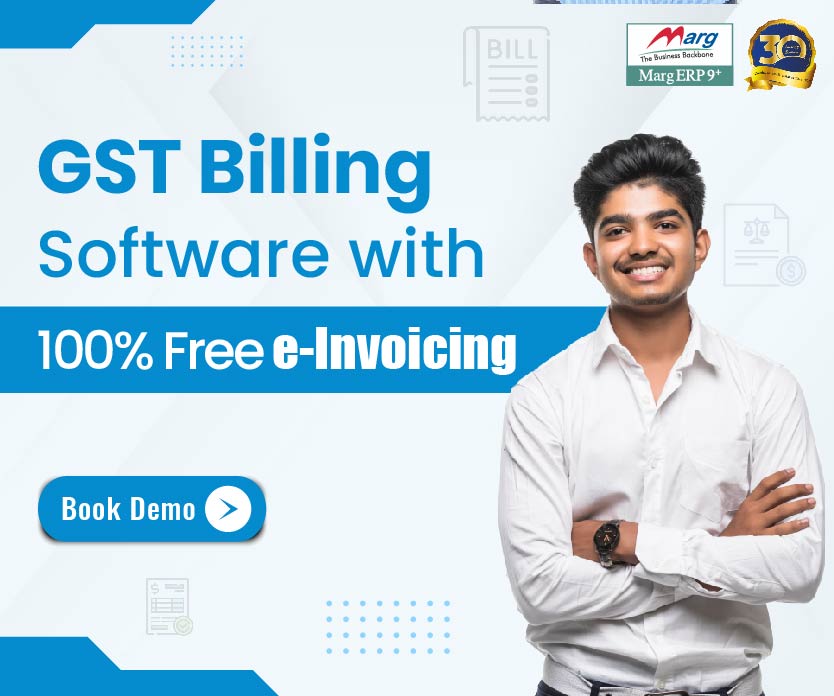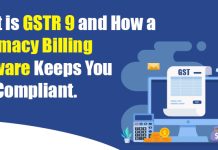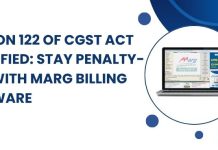Introduction
As a Chartered Accountant (CA), you know how crucial it is to keep up with the constantly changing tax laws and regulations in your country. One such significant change that has revolutionized the taxation system in many countries is the implementation of the Goods and Services Tax (GST). GST is a comprehensive indirect tax levied on the supply of goods and services, and it has replaced multiple taxes such as VAT, excise duty, and service tax. To cope with the complexities of GST compliance, many CAs are turning to GST software, which is specifically designed to streamline the taxation process and ensure compliance with the ever-evolving GST laws.
Understanding GST Software for CAs
GST software for CAs is a specialized tool that simplifies the complex and dynamic process of GST compliance. It automates various aspects of GST management, including GST registration, return filing, invoice generation, reconciliation, and reporting. The software is designed to be user-friendly, with intuitive interfaces and features that cater to the specific needs of CAs, who play a pivotal role in advising and assisting businesses in meeting their GST obligations.
Benefits of Using GST Software for CAs
- Time and Cost Efficiency: GST software automates various tasks, such as data entry, invoice generation, and return filing, reducing the need for manual intervention. This not only saves time but also minimizes the chances of errors, which can result in costly penalties. It also eliminates the need for businesses to hire additional staff to handle GST compliance, leading to cost savings.
- Improved Accuracy and Compliance: GST software comes with built-in validation checks that ensure that the invoices and returns are filed as per the prescribed format and rules. This minimizes the chances of non-compliance and helps CAs and their clients to avoid penalties and legal hassles.
- Seamless Data Management: GST software provides a centralized platform for managing all GST-related data, including invoices, purchase and sales data, and payment information. This allows CAs to easily track and reconcile data, generate reports, and analyze data for better decision-making.
- Enhanced Client Collaboration: Many GST software solutions come with features that facilitate seamless collaboration between CAs and their clients. This includes features such as invoice sharing, document management, and real-time updates on GST compliance status. This improves communication and transparency between CAs and their clients, leading to better client relationships.
- Stay Up-to-Date with GST Laws: GST laws and regulations are subject to frequent changes, and it can be challenging for CAs to keep up with them. However, GST software is regularly updated to incorporate the latest changes in the GST laws, ensuring that CAs and their clients are always compliant with the latest requirements.
Features to Look for in GST Software for CAs
- GST Registration and Return Filing: The software should have features that simplify the GST registration process and allow for easy filing of GST returns, including GSTR-1, GSTR-3B, and GSTR-9.
- Invoice Management: The software should have the capability to generate GST-compliant invoices, capture and store invoice data, and auto-validate invoices to ensure accuracy and compliance.
- Data Reconciliation: The software should provide tools for reconciling purchase and sales data, matching it with corresponding invoices, and identifying discrepancies for correction.
- Reporting and Analytics: The software should have robust reporting and analytics capabilities that allow for generating various GST-related reports, such as tax liability reports, input tax credit reports, and reconciliation reports.
- Compliance Alerts and Updates: The software should provide timely alerts and notifications on upcoming due dates, changes in GST laws, and other compliance requirements, keeping CAs and their clients informed and prepared for any updates.
- Integration with Accounting Software: Integration with popular accounting software such as Tally, QuickBooks, and others can greatly simplify the process of GST compliance. Look for GST software that seamlessly integrates with your preferred accounting software, allowing for easy data transfer and synchronization between the two systems.
- User-Friendly Interface: The software should have an intuitive and user-friendly interface that makes it easy for CAs and their team to navigate through the features and functionalities. A well-designed interface can save time and effort in training and ensure smooth adoption of the software in the workflow.
- Data Security: Data security is critical when dealing with sensitive financial information. Ensure that the GST software you choose provides robust data security measures, such as encryption, user access controls, and regular data backups, to safeguard your clients’ data from any unauthorized access or data breaches.
Conclusion
As a CA, staying compliant with the ever-changing GST laws and regulations is crucial for your practice and your clients. GST software designed for CAs can greatly simplify the GST compliance process, providing time and cost savings, improved accuracy, enhanced client collaboration, and up-to-date compliance with GST laws. When choosing a GST software for your practice, look for features such as GST registration and return filing, invoice management, data reconciliation, reporting and analytics, compliance alerts, integration with accounting software, user-friendly interface, and robust data security. With the right GST software, you can streamline your taxation process and ensure smooth compliance with GST laws, making your practice more efficient and effective.
Read more useful content:





